
Find Help
More Items From Ergsy search
-

What is a balance transfer credit limit?
Relevance: 100%
-

Will transferring a balance affect my credit score?
Relevance: 81%
-

What is a Balance Transfer Credit Card?
Relevance: 79%
-
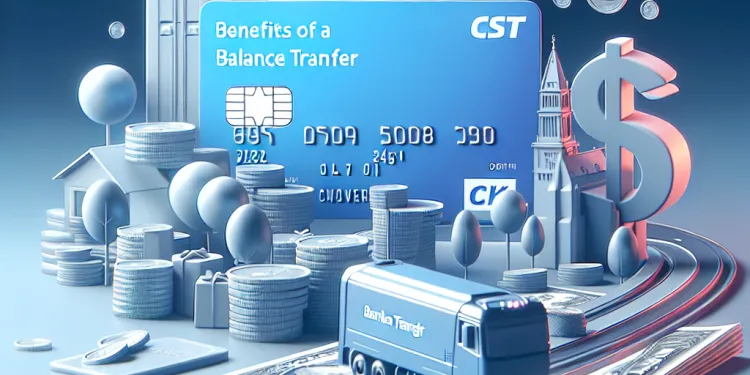
What are the benefits of a balance transfer credit card?
Relevance: 75%
-
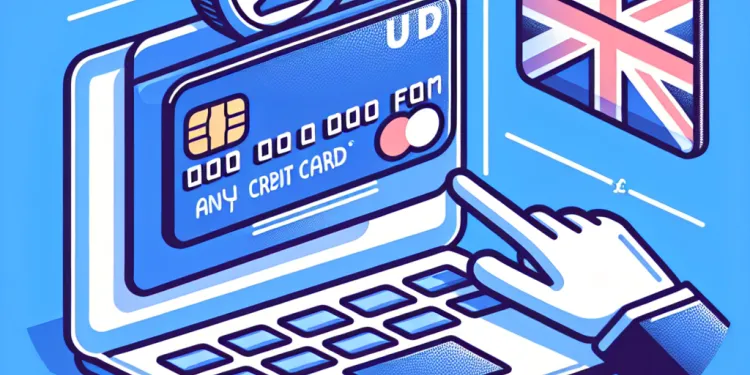
Can I transfer balances from any credit card?
Relevance: 74%
-

Can I transfer a balance from a loan to a credit card?
Relevance: 73%
-

What is a good credit score to qualify for a balance transfer card?
Relevance: 69%
-

Is a balance transfer the right choice for me?
Relevance: 68%
-

How does a balance transfer work?
Relevance: 68%
-

Are there any fees associated with balance transfers?
Relevance: 68%
-

Can I transfer a balance to a card with no promotional offer?
Relevance: 63%
-

How do I apply for a balance transfer card?
Relevance: 63%
-

How long does a balance transfer take?
Relevance: 62%
-

What is the typical duration of a promotional balance transfer offer?
Relevance: 61%
-

Do balance transfer offers apply to new purchases?
Relevance: 60%
-
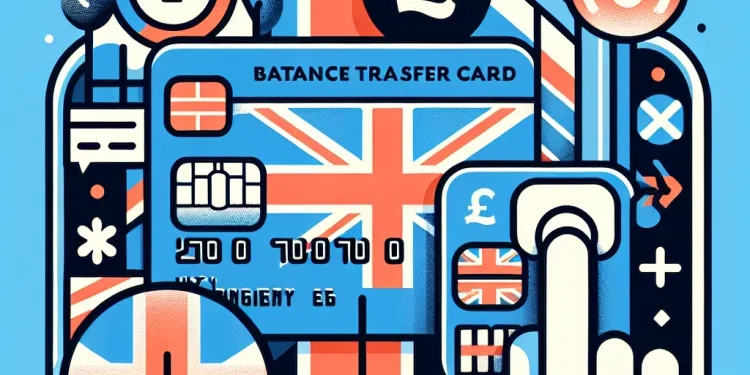
Can I use a balance transfer card for new purchases?
Relevance: 56%
-
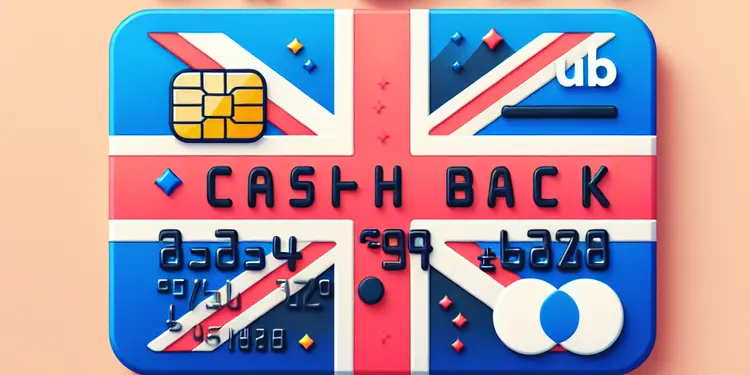
Can I transfer cashback rewards to another credit card?
Relevance: 50%
-
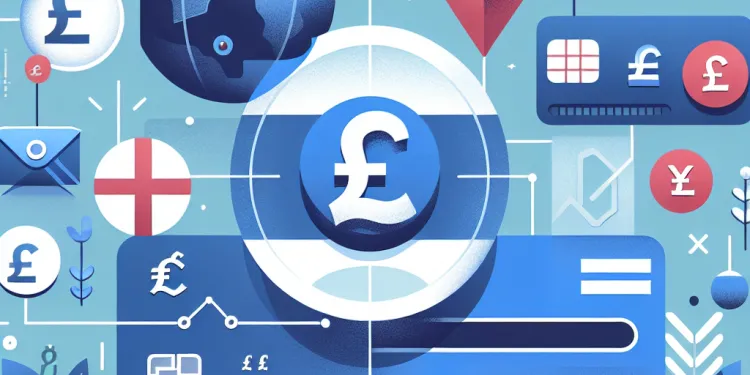
What should I consider before doing a balance transfer?
Relevance: 45%
-

Credit Cards for Beginners Explained UK | Do's and Don't | Type of Cards
Relevance: 43%
-
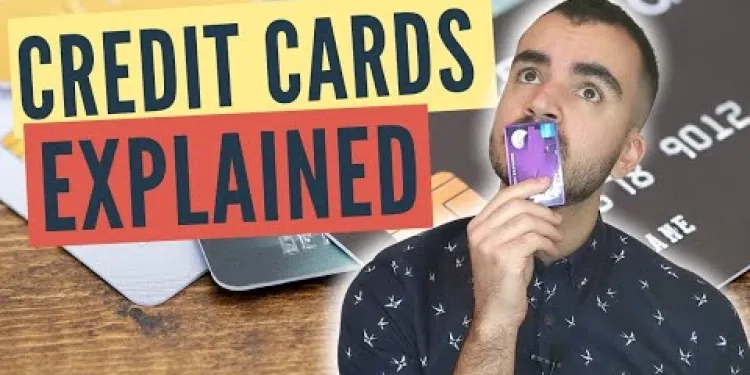
Credit Cards for Beginners Explained UK | Do's and Don't | Type of Cards
Relevance: 43%
-

Is a cashback credit card right for me?
Relevance: 38%
-
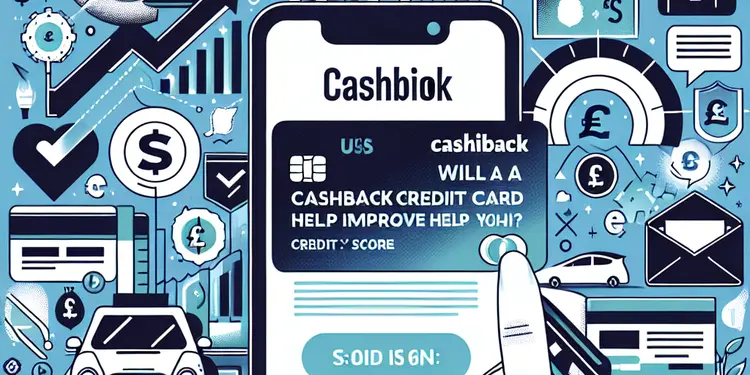
Will a cashback credit card help improve my credit score?
Relevance: 36%
-

What is a cashback credit card?
Relevance: 35%
-

What happens if I have a credit on my account?
Relevance: 34%
-
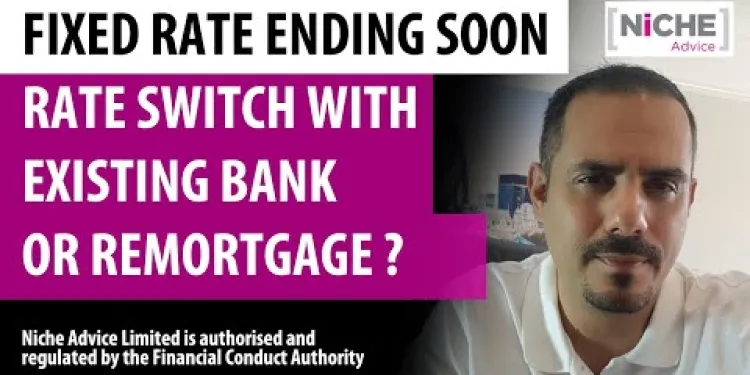
Product Transfer Rate Switch vs Remortgage What's Best
Relevance: 33%
-
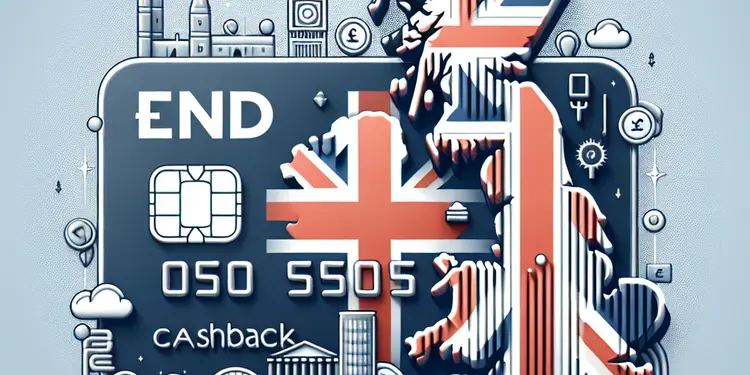
What should I look for in a cashback credit card?
Relevance: 33%
-
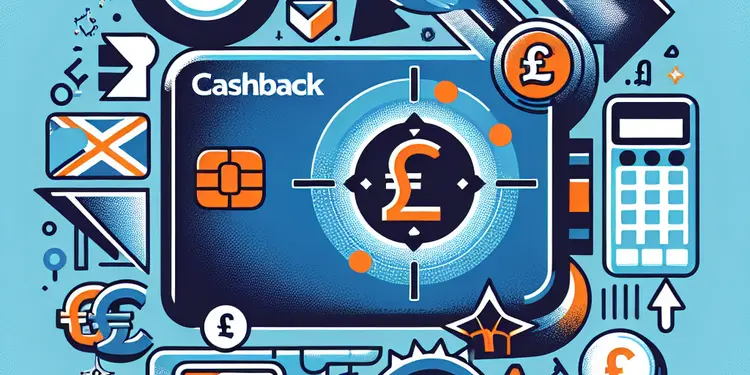
How does a cashback credit card work?
Relevance: 33%
-

Are there any drawbacks to using a cashback credit card?
Relevance: 33%
-
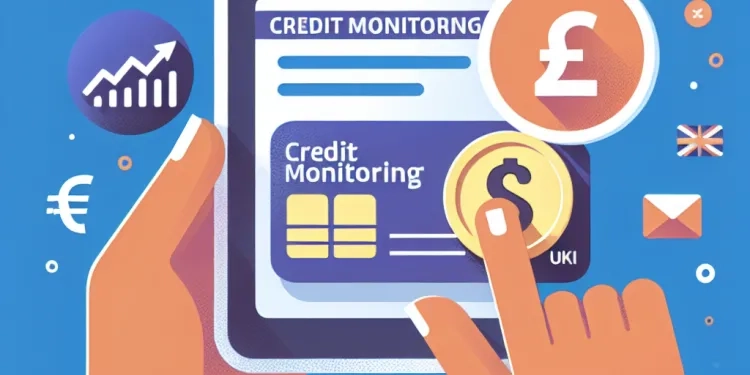
What is credit monitoring?
Relevance: 32%
-

Is there a minimum transfer amount required?
Relevance: 32%
-

Can I transfer my ISA between providers?
Relevance: 32%
-

Can a company refuse to register a share transfer?
Relevance: 31%
-

Is there a limit on how much cashback I can earn?
Relevance: 31%
-

How many embryos are usually transferred in IVF?
Relevance: 29%
-

What happens if I exceed the ISA contribution limit?
Relevance: 29%
-

How are embryos transferred during IVF?
Relevance: 29%
-
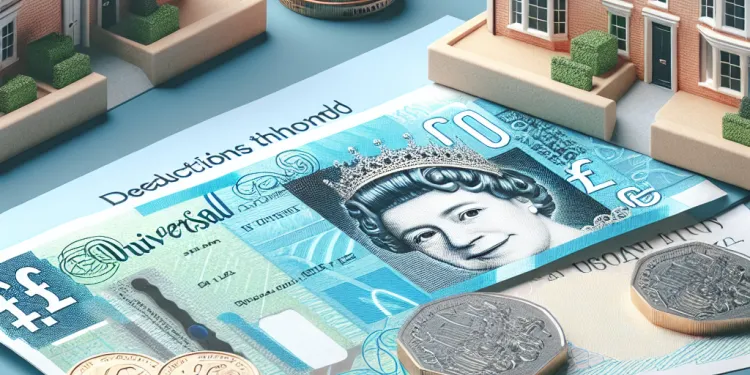
Are there any deductions from Universal Credit?
Relevance: 28%
-

What happens when the introductory APR period ends?
Relevance: 28%
-
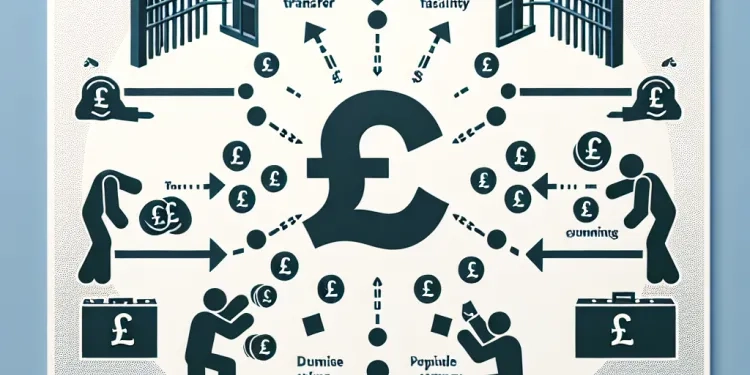
What happens if an inmate is transferred to another facility?
Relevance: 27%
-
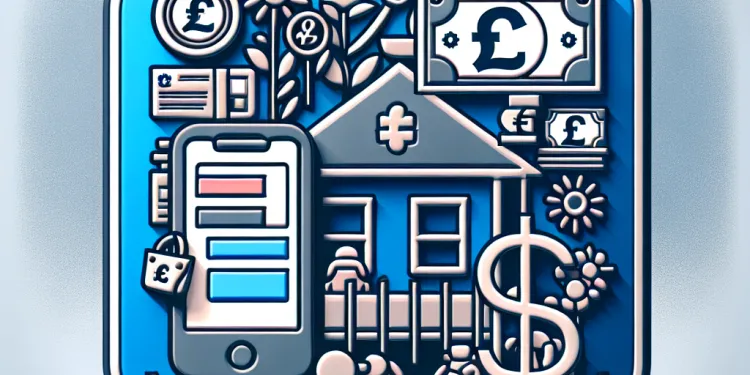
Does Universal Credit cover childcare costs?
Relevance: 27%
Understanding Balance Transfer Credit Limits
A balance transfer credit limit is a crucial component of credit card balance transfers, frequently used by credit card holders in the UK to manage their debt more efficiently. It pertains to the maximum amount of debt that can be transferred from one or more credit cards to another credit card that offers a lower interest rate or promotional interest-free period.
How Balance Transfer Credit Limits Work
When you apply for a balance transfer credit card, the card issuer evaluates your creditworthiness to decide the balance transfer credit limit they are willing to offer you. This limit may be lower than the overall credit limit of the card and can depend on factors such as your credit score, income, and existing debts.
Once approved, you can transfer existing credit card debts to the new card up to the balance transfer credit limit. This means if the limit is £5,000 and your current balance transfer needs are £6,000, a portion of your debt will remain on your old card or cards unless you have other means to pay it off. It’s crucial to be aware of this limit to ensure it meets your debt management needs.
Benefits of Balance Transfers
The main advantage of using a balance transfer credit card is the potential savings on interest payments. By consolidating high-interest debts into one lower-interest or interest-free card, you can reduce the overall cost of borrowing and pay off your debt more quickly. Many balance transfer cards offer promotional periods, sometimes as long as 24 months, during which interest rates are significantly reduced or even eliminated for balance transfers.
Considerations and Fees
While balance transfers offer great benefits, they also come with certain costs and considerations. It’s important to assess the balance transfer fee, which typically ranges between 1% and 3% of the total amount being transferred. This fee can add to the cost of consolidating your debts, so it's imperative to calculate whether the interest savings exceed the fee costs.
Furthermore, ensure that you understand the terms of the promotional period. After this period expires, any remaining debt may incur interest at the standard rate of the new card, which could be higher than expected. Therefore, having a repayment plan to ensure debts are settled within the promotional period is wise.
How to Maximise Benefits
To make the most of a balance transfer credit limit, compare the different cards available in the UK market. Look for cards with low or zero balance transfer fees and extended promotional periods. Always read the fine print to understand the terms fully and to avoid unexpected charges. By managing your credit wisely and taking advantage of balance transfer opportunities, you can effectively reduce debt and improve your financial health.
Understanding Balance Transfer Credit Limits
A balance transfer credit limit is about moving debt from one credit card to another. People in the UK often do this to save money and manage debt better. The balance transfer limit tells you how much debt you can move to a new card with a lower interest rate or no interest for a while.
How Balance Transfer Credit Limits Work
When you want a balance transfer credit card, the bank checks your money situation to decide how much debt you can move. This amount might be less than the total credit limit of the card. It depends on things like your credit score, your income, and how much you already owe.
If you're accepted, you can shift debts from old credit cards to the new one, up to your transfer limit. If your transfer limit is £5,000 but you owe £6,000, you can't move it all, and some debt will stay on the old card unless you pay it off another way. Knowing your limit helps you manage your debts better.
Benefits of Balance Transfers
The big benefit of using a balance transfer credit card is saving on interest. By putting debts with high interest onto one card with low or no interest, you pay less to borrow money and can clear your debt quicker. Some cards offer special deals where they don't charge interest for up to 24 months.
Considerations and Fees
While balance transfers can save money, there are costs too. Check the balance transfer fee, which is usually 1% to 3% of the debt you move. This fee can increase the cost, so make sure you save more on interest than you pay in fees.
Also, know the rules of the deal. When the no-interest period ends, any leftover debt might have high interest. So, it’s smart to have a plan to clear your debt before the special period finishes.
How to Maximise Benefits
To get the most out of balance transfers, compare what's available in the UK. Find cards with low fees and long no-interest periods. Always read the details to avoid surprises. By taking care of your credit and using balance transfers wisely, you can lower debt and be in better financial shape.
Frequently Asked Questions
What is a balance transfer credit limit?
A balance transfer credit limit is the maximum amount of debt you can transfer from one credit card to another.
How is a balance transfer credit limit determined?
The balance transfer credit limit is usually determined by the issuer of the new credit card based on your creditworthiness and their policies.
Is the balance transfer credit limit the same as the credit card limit?
Not always. The balance transfer limit can be different from the overall credit card limit and may be a subset of it.
Can I request an increase in my balance transfer credit limit?
You can request an increase, but approval is subject to the issuer's discretion based on your credit history and other factors.
Does a balance transfer affect my credit utilization rate?
Yes, transferring a balance will affect your credit utilization rate as it changes the amount of debt on each card.
Are there fees associated with balance transfers?
Yes, many cards charge a balance transfer fee, typically a percentage of the amount transferred.
How long does it take for a balance transfer to be completed?
It can take anywhere from a few days to a few weeks for a balance transfer to be processed, depending on the issuers involved.
Can I transfer multiple balances at once?
Yes, you can transfer multiple balances, but the total amount must not exceed the balance transfer limit.
Will a balance transfer impact my credit score?
A balance transfer can affect your credit score, as it involves opening a new account and changes your credit utilization ratio.
Do all credit cards offer balance transfers?
Not all credit cards offer balance transfers; you need to check the terms and conditions of the specific credit card.
What happens if my balance transfer is denied?
If your balance transfer is denied, you'll need to continue paying the debt through your current arrangements.
Are promotional interest rates available for balance transfers?
Many credit cards offer promotional interest rates for balance transfers, usually 0% for a set period.
Can I still use my old credit card after a balance transfer?
Yes, you can still use your old credit card if there remains available credit.
How does a balance transfer help in debt management?
A balance transfer can lower your interest payments, helping you pay down debt more efficiently.
What should I consider before transferring a balance?
Consider the balance transfer fee, the interest rate after the promotional period, and your ability to pay off the balance before the rate increases.
Are there limits on what type of debt can be transferred?
Typically, balances from credit cards can be transferred, but not all types of debt are eligible for a balance transfer.
Can I transfer a balance between two cards from the same issuer?
Most issuers do not allow balance transfers between their own cards.
What is a typical balance transfer fee?
A typical balance transfer fee ranges from 3% to 5% of the amount transferred.
What should I do if my balance transfer isn't enough to cover my debt?
You may need to pay down some of the debt separately or find additional balance transfer offers to cover the remaining amount.
How can I find the best balance transfer offers?
Compare credit cards for their promotional periods, fees, and limit terms to find the best balance transfer offers.
What does "balance transfer credit limit" mean?
A balance transfer credit limit is the most money you can move from one card to another. It's a way to pay less interest.
Tips to Understand Better:
- Think of a balance transfer like moving money between two buckets.
- You can't move more money than the limit allows.
Tools to Help:
- Use simple drawings to show how money moves between cards.
- Ask someone to explain it to you in a story.
A balance transfer credit limit is the most money you can move from one credit card to another.
How do they decide the limit for a balance transfer on a credit card?
A balance transfer limit is how much money you can move from one card to another. Banks decide this based on:
- Your credit score: This tells the bank how well you pay back money.
- Your income: How much money you earn.
- Your credit card history: How you have used credit cards before.
If you need help, ask a family member or friend. You can also use pictures or charts to make things clearer!
The new credit card company will decide how much money you can transfer. They look at how good your credit is and follow their own rules.
Is the balance transfer limit the same as the card spending limit?
No, not always. The balance transfer limit is sometimes different from the total amount you can spend on your credit card. The balance transfer limit might be a smaller part of that total amount.
If it's hard to understand or you need help, you can use pictures or videos to explain things better. You can also ask someone you trust to help go through it with you.
Can I ask to have more money to move on my credit card?
You can ask to have your credit limit made bigger. But it's up to the credit card company to say yes or no. They will look at how you have used credit before and other things to make their choice.
Here's a tip: Use a supportive tool like a budgeting app to help manage your credit well.
Will moving my credit balance change how much credit I use?
Yes, moving money you owe from one card to another will change how much you owe on each card. This can change your credit score.
Do you have to pay money to move your balance?
Yes, most cards make you pay a fee to move your balance. This fee is usually a part of the amount you move.
How long does it take to move money from one card to another?
Moving money from one credit card to another is called a balance transfer. This can take a few days or sometimes longer.
Here are some tips to help you:
- Ask your bank how long it might take.
- Check your bank account to see when the money has moved.
- Use a calendar to track the days.
Moving money from one card to another can take a few days or a few weeks. It depends on the companies that are doing it.
Can I move more than one balance at the same time?
Yes, you can move more than one balance. But the total amount must not go over the balance transfer limit.
Will moving my credit card balance affect my credit score?
Moving credit card debt to a new card can change your credit score. This is because you open a new card and it changes how much credit you're using.
Can you move debt with every credit card?
Not all credit cards let you move your debt from one card to another. You need to read the rules for each credit card.
What happens if my balance transfer is not allowed?
If the bank says no to your balance transfer, don't worry. Here are some things you can do:
- Check why: Ask the bank why they said no.
- Try again: You can ask another bank if they can help.
- Talk to someone: Speak with a family member or friend for advice.
- Use tools: There are online tools and apps that can help you manage money. They make it easier to see where you spend.
Remember, it's okay to ask for help when you need it.
If the bank says no to moving your money debt to a new card, keep paying the way you are now.
Can you get special low rates for moving money to a new credit card?
Sometimes, credit card companies offer special deals. These deals mean you pay less interest when you move your money to their card. It is good to ask about these deals before you switch.
Here are some tips to help you:
- Ask a bank worker for help.
- Bring someone with you to explain tricky words.
- Use a calculator to understand how less interest can help save money.
Lots of credit cards let you move money you owe without extra costs for a while. Often, this means you pay 0% interest for some time.
Can I use my old credit card after I move my balance?
Yes, you can use your old credit card again. But be careful not to spend too much.
Here are some tips to help you:
- Use a calendar or app to track spending.
- Set reminders for payment dates.
- Ask someone to help you if you are unsure.
Yes, you can use your old credit card if you have money left on it.
How can moving money help with debt?
If you have money to pay back, moving it to another place might help. It's called a balance transfer. Here’s how it can make things easier:
- You might pay less extra money, called interest.
- It can give you more time to pay back the money.
- Everything is in one place, so it’s easier to keep track.
To help see this more clearly, you can:
- Use a calculator to see how much you save.
- Ask someone you trust to explain things in a simple way.
Remember, it's important to read everything and ask questions if you are not sure.
Moving your debt to a different card might help you pay less interest money. This makes it easier to pay off what you owe.
What should I think about before moving money from one card to another?
Think about the fee for moving the balance, the interest rate after the special offer ends, and if you can pay off the balance before the interest rate goes up.
Can all types of debt be moved to someone else?
You can usually move money you owe on credit cards, but you can't do this with all kinds of money you owe.
Can I move money between two credit cards from the same company?
If you have two credit cards from the same company, you might want to move money from one card to the other. This is called a “balance transfer.”
Before you do this, ask the company if it’s okay. Some companies let you do it, and some don’t.
If the company says yes, they will tell you how to do it.
If you're not sure what to ask, you can use tools like text-to-speech to help understand, or ask someone you trust to explain.
Most credit card companies don't let you move money from one of their cards to another.
What is a balance transfer fee?
A balance transfer fee is the money you pay to move debt from one card to another. Usually, it's a small part of the debt you move.
Tip:
It can be helpful to use a calculator to see how much the fee will cost you.
When you move money from one card to another, you usually pay a fee. This fee is often between 3% and 5% of the money you move.
What can I do if my balance transfer is not enough to pay all my debt?
If your balance transfer does not cover all your debt, do not worry. Here are some steps you can take:
- Look for another card that offers a balance transfer. You might be able to move more debt onto it.
- Talk to your bank or the company you owe money to. They might help you with a different plan.
- Make a list of all the money you owe. This way, you know exactly what you need to pay.
- Try to pay off the debt with the highest interest first. This will save you money over time.
Helpful tools:
- Use a calculator to plan how much you can pay each month.
- Write down your expenses to see where you can save money.
You might need to pay off some of the money you owe by itself or look for other ways to move the balance to cover what's left.
How can I find the best balance transfer offers?
Want to know how to get a good balance transfer offer? Follow these easy steps:
- Look at different banks or credit cards. They all have different offers.
- Make a list of what each offers: How long is the low rate? Are there any fees?
- Compare the offers. See which one is best for you.
- Ask an adult you trust to help if you are stuck.
Use a calculator to add up any fees. This helps you see the real cost.
Remember, always read the details. This helps you choose the best offer for you.
Look at different credit cards. Check how long their special offers last, any fees they have, and how much money you can move to them. Find the best card for moving your money to pay off debt.
Useful Links
- Ergsy carfully checks the information in the videos we provide here.
- Videos shown by Youtube after a video has completed, have NOT been reviewed by ERGSY.
- To view, click the arrow in centre of video.
- Most of the videos you find here will have subtitles and/or closed captions available.
- You may need to turn these on, and choose your preferred language.
- Go to the video you'd like to watch.
- If closed captions (CC) are available, settings will be visible on the bottom right of the video player.
- To turn on Captions, click settings .
- To turn off Captions, click settings again.
More Items From Ergsy search
-

What is a balance transfer credit limit?
Relevance: 100%
-

Will transferring a balance affect my credit score?
Relevance: 81%
-

What is a Balance Transfer Credit Card?
Relevance: 79%
-

What are the benefits of a balance transfer credit card?
Relevance: 75%
-

Can I transfer balances from any credit card?
Relevance: 74%
-

Can I transfer a balance from a loan to a credit card?
Relevance: 73%
-

What is a good credit score to qualify for a balance transfer card?
Relevance: 69%
-

Is a balance transfer the right choice for me?
Relevance: 68%
-

How does a balance transfer work?
Relevance: 68%
-

Are there any fees associated with balance transfers?
Relevance: 68%
-

Can I transfer a balance to a card with no promotional offer?
Relevance: 63%
-

How do I apply for a balance transfer card?
Relevance: 63%
-

How long does a balance transfer take?
Relevance: 62%
-

What is the typical duration of a promotional balance transfer offer?
Relevance: 61%
-

Do balance transfer offers apply to new purchases?
Relevance: 60%
-

Can I use a balance transfer card for new purchases?
Relevance: 56%
-

Can I transfer cashback rewards to another credit card?
Relevance: 50%
-

What should I consider before doing a balance transfer?
Relevance: 45%
-

Credit Cards for Beginners Explained UK | Do's and Don't | Type of Cards
Relevance: 43%
-

Credit Cards for Beginners Explained UK | Do's and Don't | Type of Cards
Relevance: 43%
-

Is a cashback credit card right for me?
Relevance: 38%
-

Will a cashback credit card help improve my credit score?
Relevance: 36%
-

What is a cashback credit card?
Relevance: 35%
-

What happens if I have a credit on my account?
Relevance: 34%
-

Product Transfer Rate Switch vs Remortgage What's Best
Relevance: 33%
-

What should I look for in a cashback credit card?
Relevance: 33%
-

How does a cashback credit card work?
Relevance: 33%
-

Are there any drawbacks to using a cashback credit card?
Relevance: 33%
-

What is credit monitoring?
Relevance: 32%
-

Is there a minimum transfer amount required?
Relevance: 32%
-

Can I transfer my ISA between providers?
Relevance: 32%
-

Can a company refuse to register a share transfer?
Relevance: 31%
-

Is there a limit on how much cashback I can earn?
Relevance: 31%
-

How many embryos are usually transferred in IVF?
Relevance: 29%
-

What happens if I exceed the ISA contribution limit?
Relevance: 29%
-

How are embryos transferred during IVF?
Relevance: 29%
-

Are there any deductions from Universal Credit?
Relevance: 28%
-

What happens when the introductory APR period ends?
Relevance: 28%
-

What happens if an inmate is transferred to another facility?
Relevance: 27%
-

Does Universal Credit cover childcare costs?
Relevance: 27%


